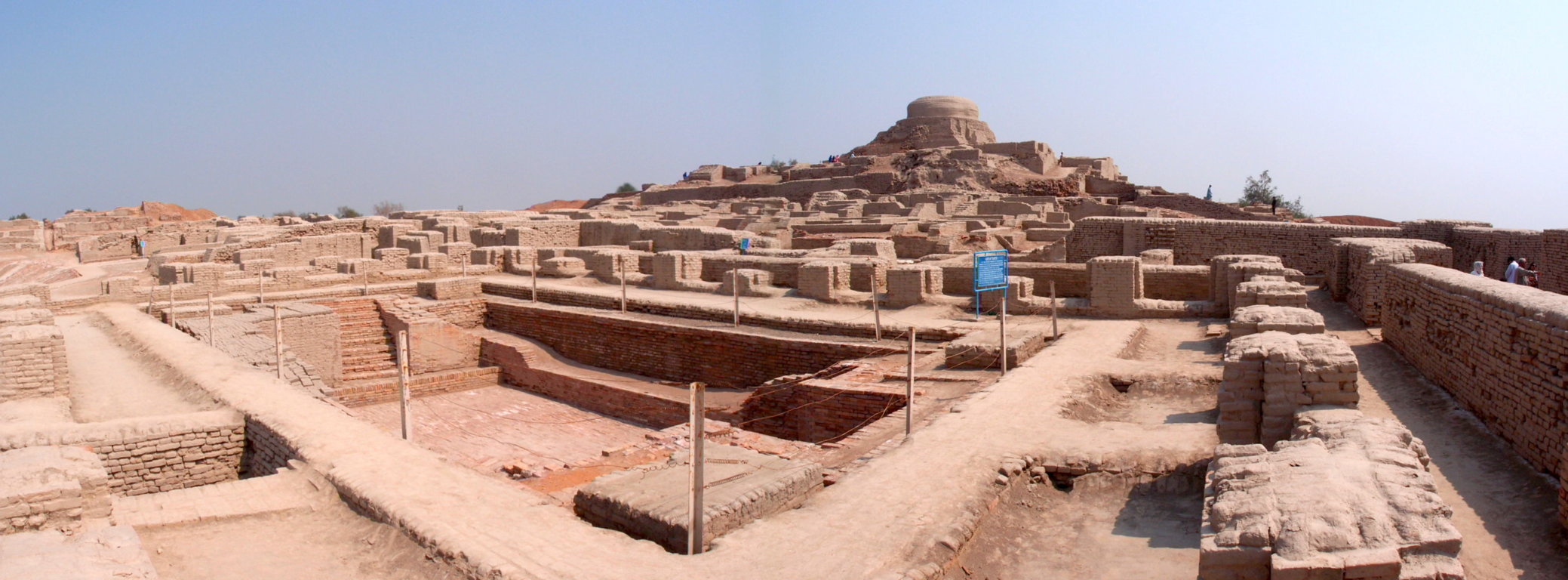
Mohenjo Daro | The Modern City of Ancient Time
Man has always been curious to know about ancient times, how they lived, their economics, and culture, etc. Today we will tell you about a place that is thousands of years old. Think of it as New York of that time, a modern city of its time. A city that attracted the rest of the world and everyone wanted to go there. It is placed in Larkana, Sindh which you will be shocked to see. You will feel as you are walking backwards in the same era. The name of this marvellous city is Mohenjo Daro. During its time it was one of the advanced cities in the world.
Mohenjo Daro means “Mound of the Dead” in the Sindhi language because nobody knows its original name. In 1980 it is designated as a UNESCO World Heritage site.
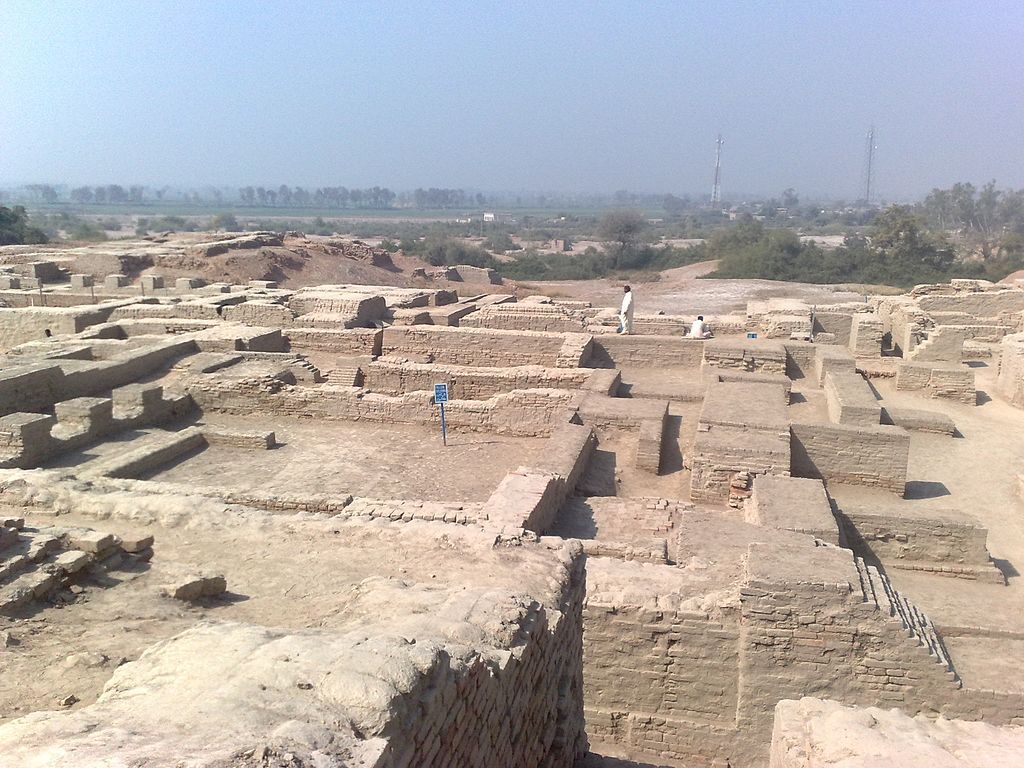
Location of Mohenjo Daro
Mohenjo Daro is located on the right bank of the Indus River in Larkana District, Sindh province, Pakistan. It is about 20 km away from Larkana and 80 km from Sukkur.
History of Mohenjo Daro
Mohenjo Daro is one of the world’s earliest major urban settlements of Indus Valley Civilization with modern facilities. It was present at the same time as the civilizations of ancient Egypt, Mesopotamia, and Crete. The site was built around 2500 BCE and covered an area of around 300 hectares.
It was discovered in 1922 by R. D. Banerji, an officer of the Archaeological Survey of India, and major excavation occurred in 1930 under the direction of John Marshall, his car is still adorned in Mohenjo-Daro museums.
The reason behind the decline of the city is still unknown but archaeologist says that the external attacks, terrible flood, Change of the Course of the Indus and earthquakes are some reasons for its destruction.
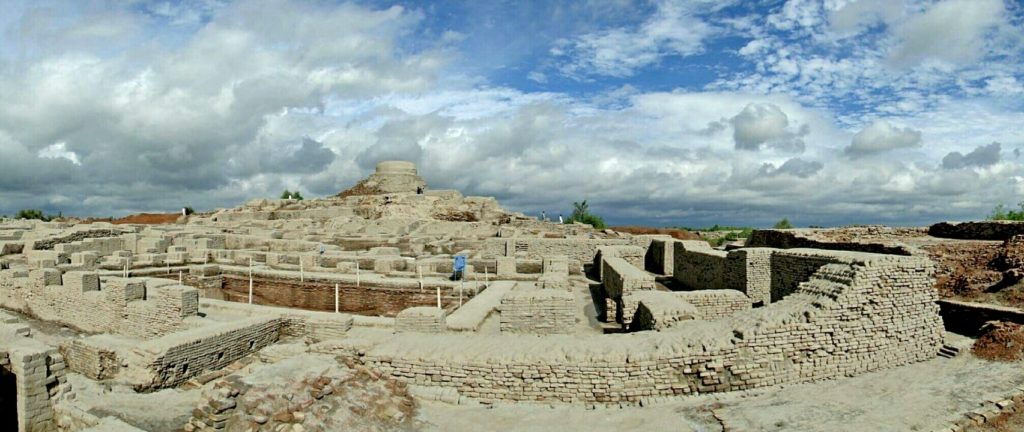
Architecture and infrastructure
The city of Mohenjo Daro is divided into two parts Citadel and the Lower City. The Citadel section of the city is small and it was built on a higher place whether the lower city is a large section and was built in a lower place. All important buildings like the assembly halls, religious structures, granaries, and the famous Great Bath are found in the citadel part whether the lower part is the residential area.
The city was built of fire-baked bricks in great order. It contained houses of up to 3 stories and massive walls for defence. Its ruins show signs of significant engineering and urban planning strategies and you will find traces of all the facilities that man of that time could have imagined. Going to Mohenjo Daro gives the same feeling as going to an advanced society. You will feel happy to see incredible architecture here. It contained all the things that emphasize discipline.
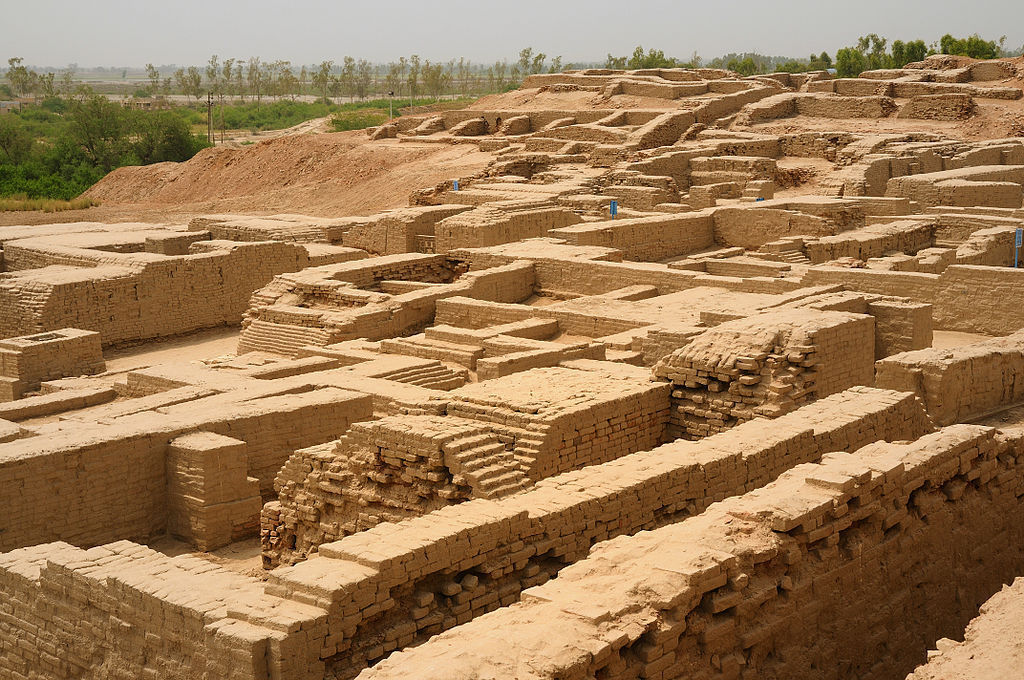
All the streets of the city were open and straight that intersect at a certain angle. From the streets of Mohenjo-Daro to the structure of houses built here and the sophisticated drainage system, it is clear that the residents of the city were not the only expert in planning but also proficient in civil engineering. The drainage system was one of the most significant features of the Mohenjo Daro. Every house had a toilet with a flash system and the drainage was well arranged.
In Mohenjo Daro you will find a very good cleaning system. The people here were very clean and knowledgeable about personal hygiene. There is a huge bathing place which is also known as the Great Bath of Mohenjo Daro. It is the earliest public wates r tank that iapproximately 12 meters long north-south, 7 meters wide and 2.4 meters deep. The structure of the Great bath shows they may have been used to some of their religious festivals.
Book 17 Days Domes & Deserts tour of The Indus Valley
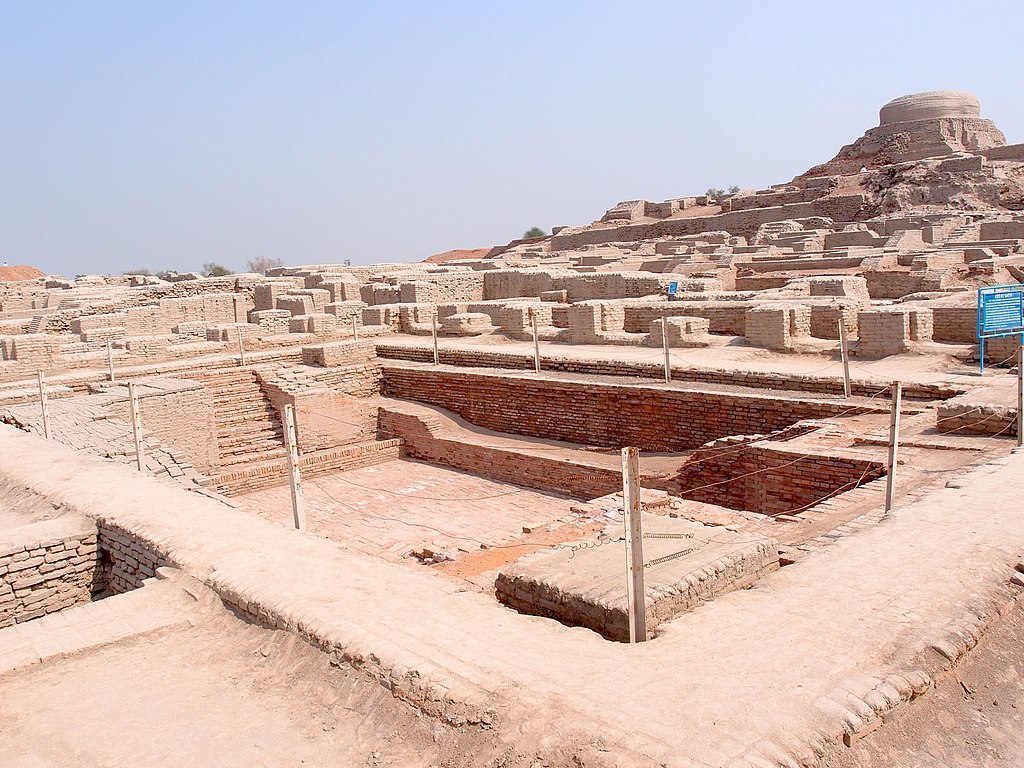
Excavations at Mohenjo Daro have been discovered a large number of antiquities including ornaments, tools, scales, sculptures, and toys made of copper and stone. Sculptures show that people worshipped them and believed in many Gods.
It’s a great archaeological site that will live on forever. When visiting this place do not miss visiting another great place in Sindh called Ranikot Fort, which is largest fort in Pakistan and also called as Great wall of Pakistan.